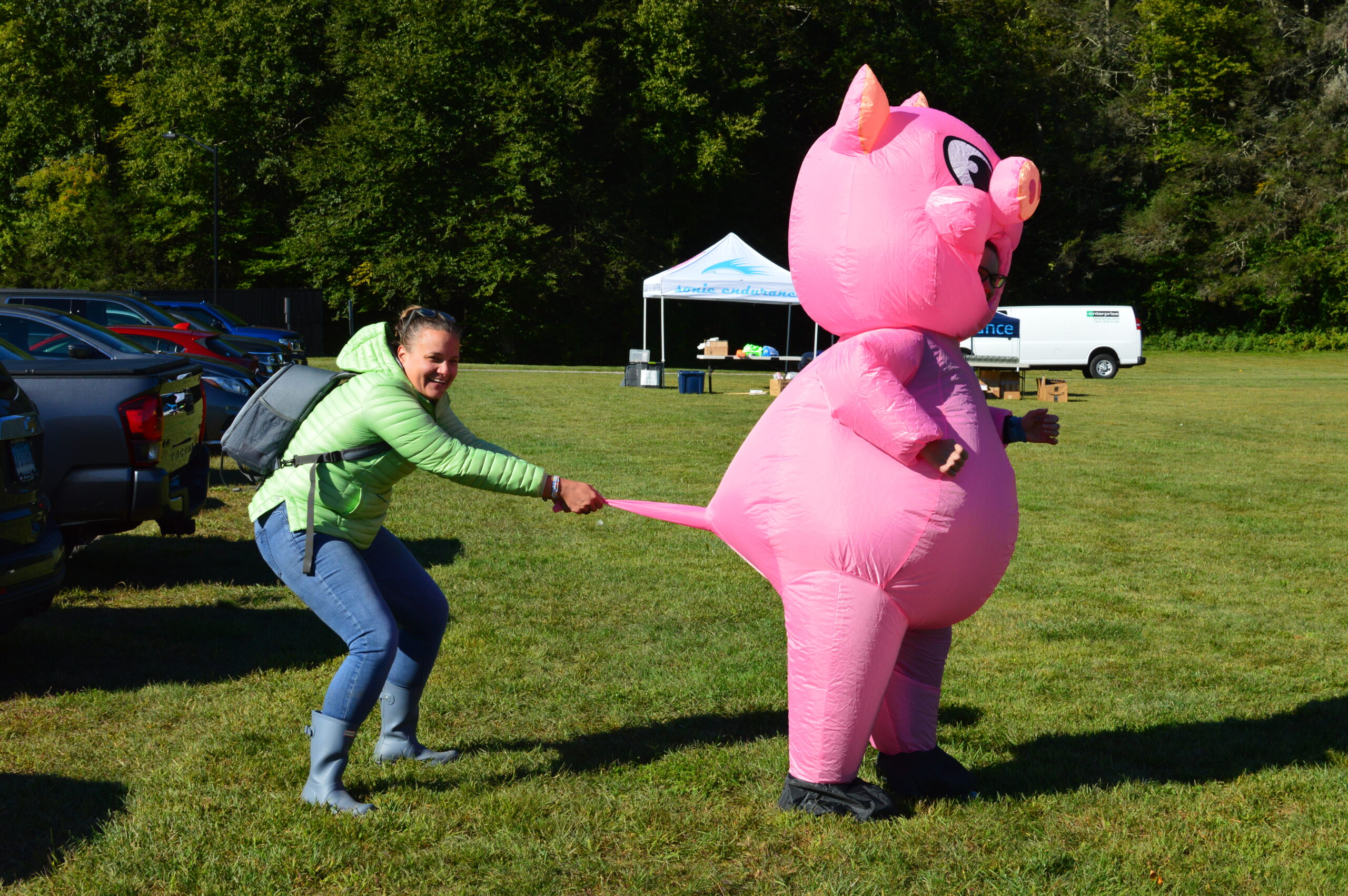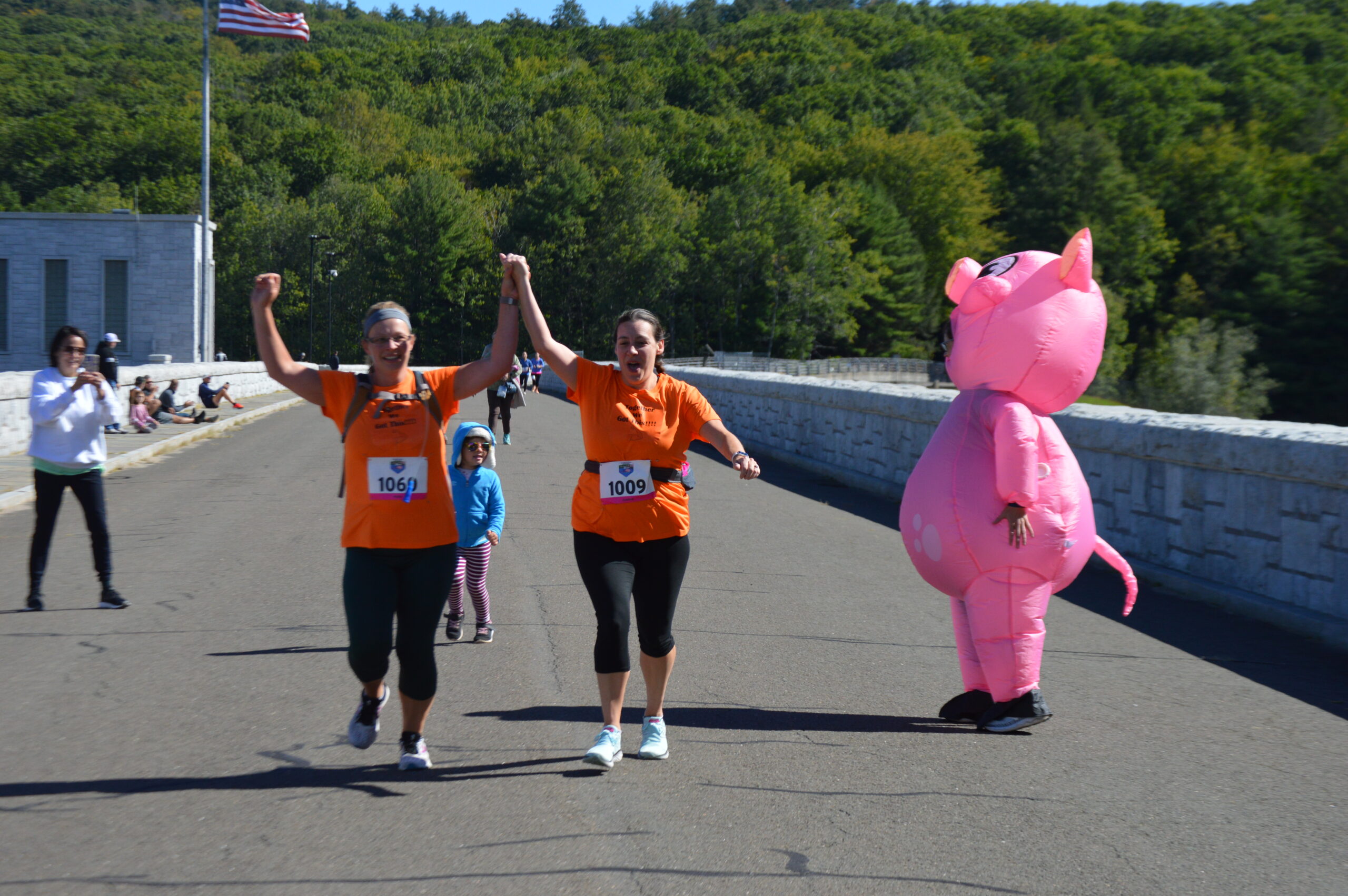It’s Hogsback Half Marathon Week. I’ve directed this race since way back in 2011, so 2023 marks my twelfth year directing the race. During that time a lot has changed in race directing. When I started directing races way back in 2006, lots of local races had a collaborative, community vibe. Show up, fill out a paper registration, run, maybe pick up some swag, and get to hang out with the running community. For the first race I directed in 2006, I got the word out by attending other races and putting paper fliers on car windshields and accepted registrations via checks sent in the mail.

Over the past almost twenty years a lot has changed. Pretty much all races use an online registration platform. Social media has replaced papering cars. Costs for race directors have sky rocketed. And then sky rocketed again. Registration timing has shifting. Runner expectations have increased. In many cases the community vibe has been replaced by a transactional mindset. All of these things were in motion prior to 2020, but COVID certainly accelerated the pace change. As we sit here in 2023, the world has shifted.

What does this mean for races? In my opinion, smaller races and race organizations will become an endangered species. Let me explain:
- Athletes register for races later and later. Pre-pandemic athletes registered for races earlier. For the races I direct, I could expect they would sell out well before race day; sometimes, months before race day. During the pandemic lots of registered runners felt like they got burned when races cancelled or moved to virtual formats. Conversely lots of race directors lost significant amounts of money having invested in races that never happened. For example when we cancelled Quarter Marathon in late March 2020, we had to pay the full timing bill even though no race day timing services were provided. Since 2020, I’ve seen two trends: (1) runners have moved on to activities other than organized road races; and (2) when they do register, they want to register later to avoid losing money on a registration fee they don’t or can’t use. Its hard for me as race director to model the number of participants I’ll ultimately have based on these trends.
- Costs have increased, and so has the financial risk. Inflation is real. Since 2020 we’ve seen a cumulative inflation rate of about 15%. In real terms what a race that cost $15,000 to put on in 2020 now costs over $18,000. The increase in costs coupled with changes in registration patterns make it difficult to order supplies for a race. For example my medal order needs to be placed approximately 2 months before the race. Medals cost just under $5 each. If I’m off by 100 runners, that’s an additional $500 in expenses that I don’t have registration fees to cover. Same goes for shirts, bibs, gels, and even food. I have to make a choice on how many runners I expect. It also means I can’t allow a deluge of late registrations because I won’t have the amenities to support those runners. If I’m a big company I can probably move supplies from race to race but as a small race director with only three races each year that’s not a possibility. If the race is over budget, not only does the charity lose out, I’m left in a position of paying the bills out of pocket.

- Climate change is having an impact. Lets start with the statement that race directors never want to cancel a race. In 2015, Ryan and I race directed Hogsback 2 weeks after his son Owen died. In 2016, we race directed Hogsback less than a month after Ivy was born. That being said the changing climate is creating weather events that are impacting race director’s ability to put on races. This year alone look at the impact of wildfire smoke throughout the country and the increase in large tropical storms and hurricanes. Events that may have previously happened once in a lifetime are now occurring with increased regularity. When races are cancelled due to weather related events, race directors face the problem of how to try to compensate runners for the cancellation. If the race is cancelled close to or on race day, most (if not all) of the registration fee money has already been spent. Should efforts be made to get medals, shirts, and swag to pre-registered runners, yes. Are most race organizations (particularly smaller or not for profit organizations) in a position to refund race registrations fees, NO. As the impacts of climate change become more frequent, the risk of cancellation and subsequent fall out become a very real consideration in making a decision to hold an event.
- Community mindset has changed. In 2023 races are a business. Whether you’re a tiny not for profit race or a huge multinational corporation, you face many of the same expectations and demands. I often hear athletes lamenting the loss of small local races. What many of these athletes fail to realize is that small, local races are truly a community effort. When expectations shift from collaboration (we’re all in this together to put on something cool) to transaction (I paid money and expect X, Y, and Z experience), these races cannot survive. I understand where runners are coming from with their expectations, especially in the pandemic world. But I also know the sacrifices race directors make to put on their events. I don’t blame many small race directors for closing up shop. The risks are high, the rewards keep getting lower, and the specter of financial disaster is often on the horizon.
 Given the stresses being placed particularly on small and not for profit races, I think we’re going to see more and more of them disappear in the coming years. I also think the disappearance of small local races negatively impacts growing the sport. Most of us got our start at a local, low key 5K. No one wants to plop down $200 for a marathon without even knowing whether they like races. The fewer small local races that exist, the fewer opportunities there are to bring more people into the running family. I sincerely hope my predictions are wrong, but I know I’m sitting on the fence as to whether I’ll continue race directing past 2024.
Given the stresses being placed particularly on small and not for profit races, I think we’re going to see more and more of them disappear in the coming years. I also think the disappearance of small local races negatively impacts growing the sport. Most of us got our start at a local, low key 5K. No one wants to plop down $200 for a marathon without even knowing whether they like races. The fewer small local races that exist, the fewer opportunities there are to bring more people into the running family. I sincerely hope my predictions are wrong, but I know I’m sitting on the fence as to whether I’ll continue race directing past 2024. 




